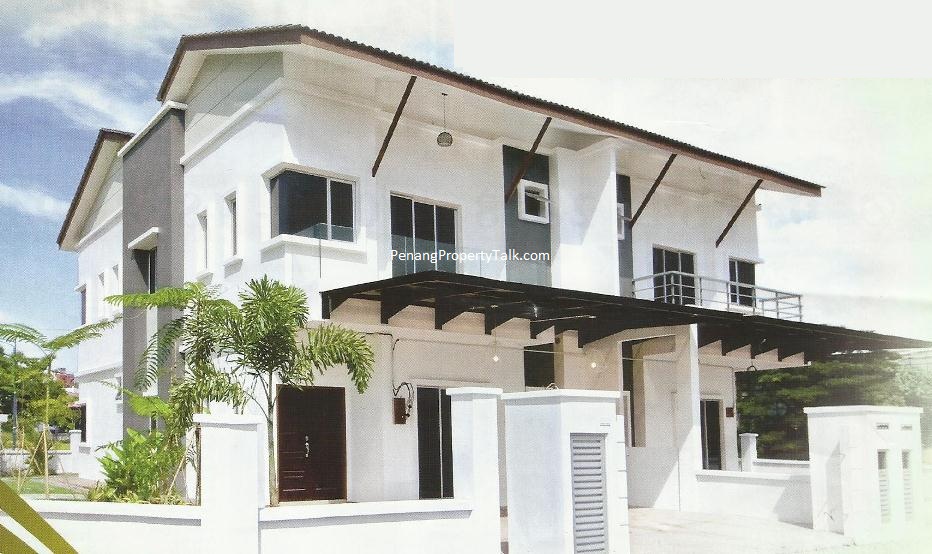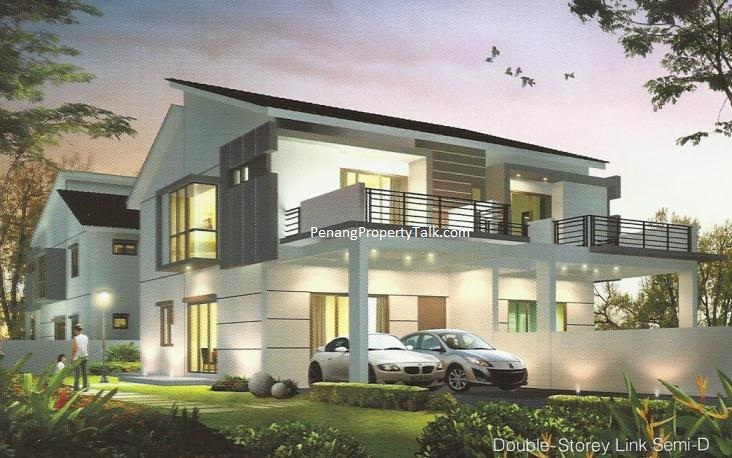Property players are eagerly waiting for clear guidelines from the Government on how the recently launched My First Home (MFH) scheme is supposed to work. Social housing generally does not provide good returns, developers and consultants point out, and without concrete details, it is even harder to expect the private sector to be actively involved. As always, land is a central issue.
First announced last October in Budget 2011 and officially launched in March by Prime Minister Datuk Seri Najib Tun Razak, the scheme is aimed at helping young professionals between 18 and 35 to own a home priced between RM100,000 and RM220,000. At the launch, Najib expressed his hope that the private sector would view participation in the scheme as a corporate social responsibility (CSR) activity, and not as a venture to profit from.
In other words, the developers are expected to shoulder the costs of MFH projects as part of being dutiful corporate citizens. Nevertheless, it has been reported that the Government was considering providing land at very low cost or for free, even in the Klang Valley, in joint ventures with the private sector. If this indeed happens, says Real Estate and Housing Developers’ Association (Rehda) president Datuk Seri Michael Yam, it will help developers to lower costs.
Still, there is this next question on the minds of developers: If the land comes free or cheaper, where will it be? If the sites are far from the city centre or in areas that lack public amenities, will there be enough buyers? As it is, many low-cost housing projects built by the private sector are in areas such as Nilai, Rawang and Sepang, which cannot boast of high demand. If the scheme’s objective is to meet demand for homes, allocating land in such locations would be self-defeating.
Lightening the developers’ load
Yam says land generally constitutes a fifth of the total gross development cost of stratified properties. “For most parts of the Klang Valley and Penang, the likehood is that housing units below RM220,000 would be stratified apartments with relatively small built-up areas, despite land being free,” he adds.
Elsewhere in Malaysia, it may still be possible to deliver landed properties with smaller built-up areas in less prime areas, if access to completed roads and infrastructure is available, and certain conditions and cross-subsidy requirements are waived.
He points out that the expenditure in developing a property project covers land, manpower, construction materials, consultancy fees, utility contribution, bank interest, cross subsidy for low-cost homes and discounts to meet national aspirations. “If all the stakeholders can review their cost, provide subsidised materials and reduce utility contributions, the final delivery cost can be lowered,” he says. He also suggests that the Government consider providing upfront infrastructure and utilities to further reduce the burden on developers.
Hua Yang Bhd chief executive officer Ho Wen Yan believes that it is possible for developers to offer better homes if the Government supplies the land.
He argues: “With cheaper land cost, better homes with larger living area and better amenities can be provided. With good transportation infrastructure such as integrated highways, the MRT (Mass Rapid Transit), KTM Komuter and other forms of public transport, it is possible to live further away and work in the city. This is a proven model in developed cities all over the world.”
At present, says Ho, urban density in Kuala Lumpur is increasing rapidly. To reduce social and economic pressures, there is a need to look at alternatives beyond the city centre.
He points out that while property developers may not be looking to earn sizeable margins from the MFH scheme, some profit is still needed to make participation viable for them. “Balancing all the factors of cost, land allocation and earnings will be critical towards the long-term sustainability of the scheme. Financial incentives such as tax breaks, rebates and other forms of support will be welcomed by the private sector,” he says.
SOURCE: The Star



